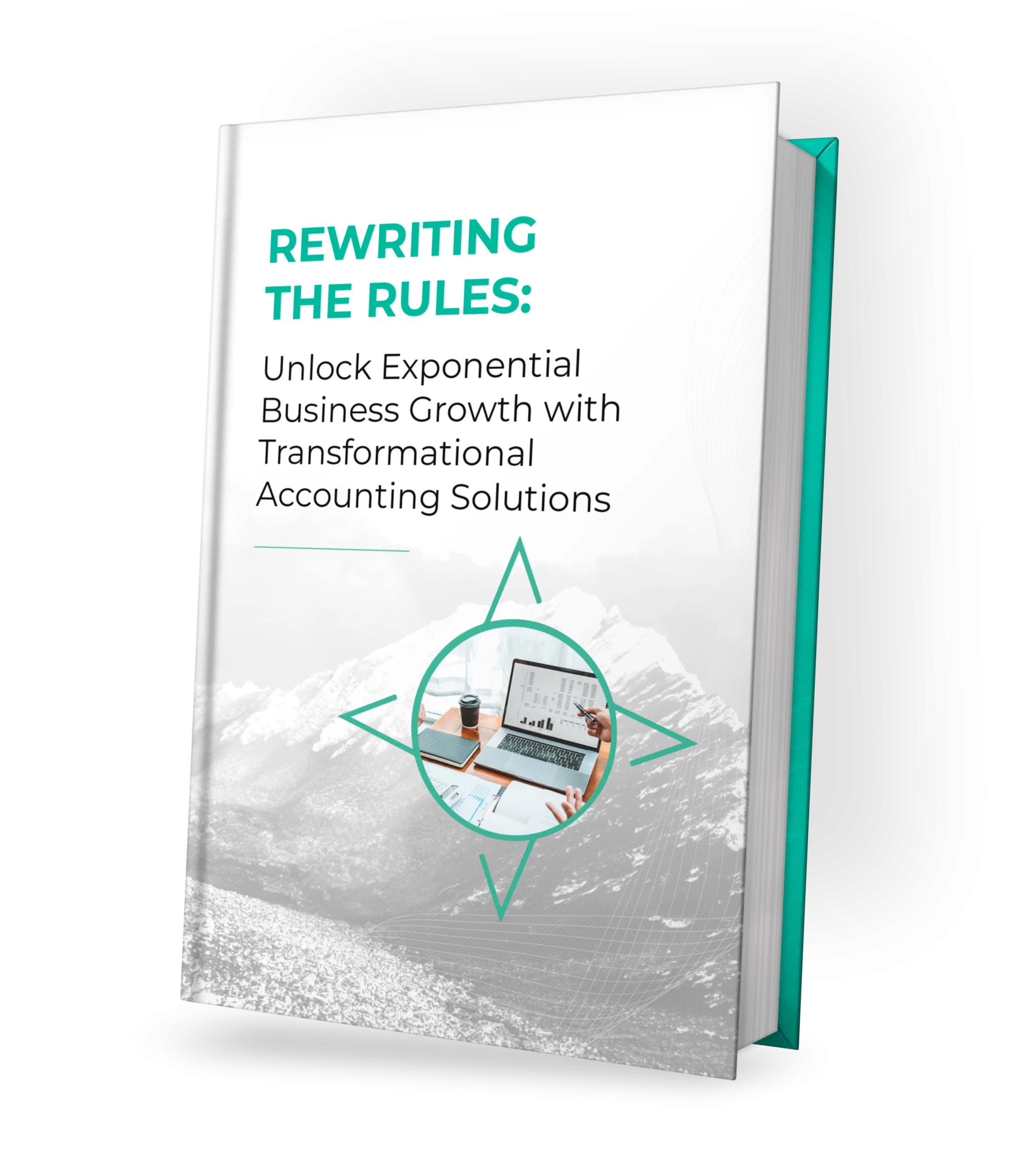As we approach the halfway mark of the year, it’s important for companies to evaluate their performance against their budget and the same period last year. Tracking the right Key Performance Indicators (KPIs) can provide valuable insights into whether you need to adjust your strategies to achieve your goals. In this blog post, we’ll explore essential KPIs to consider, what to look for within each metric, and some positive and negative indicators to watch out for.
Table of Contents
- Revenue Growth 📈
- Customer Acquisition Cost (CAC) 💰
- Churn Rate 🔄
- Net Revenue Retention (NRR) 🔄
- Gross Margin 💼
- Operating Cash Flow 💵
1. Revenue Growth 📈
What to Look At: The first KPI to look at is Revenue. Compare your current revenue to your budget and last year’s figures to assess growth and identify trends.
Positive Indicators: Consistent revenue growth month-over-month, or year-over-year, and overall growth to the same year to date figures from the prior year.
Negative Indicators: Stagnant or declining revenue, which may indicate issues with sales or market demand.
Insights and Recommendations:
- Action: If revenue growth is positive, consider scaling successful strategies, further investing in successful campaigns, and exploring new markets.
- Action: If revenue is stagnant or declining, conduct a market analysis to identify potential issues and adjust your sales and marketing strategies to find new opportunities.
2. Customer Acquisition Cost (CAC) 💰
What to Look At: Measure the cost of acquiring new customers to ensure your marketing and sales efforts are efficient.
Positive Indicators: Decreasing CAC over time, indicating more efficient marketing and sales strategies.
Negative Indicators: Increasing CAC, which could suggest inefficiencies or rising competition.
Insights and Recommendations:
- Action: If CAC is decreasing, continue to optimize your marketing channels and invest in those that yield the best results.
- Action: If CAC is increasing, review your marketing and sales processes to identify inefficiencies and consider reallocating budget to more effective channels.
3. Churn Rate 🔄
What to Look At: Track the percentage of customers who stop using your product or service to identify retention issues.
Positive Indicators: Low and decreasing churn rate, showing that customers are satisfied and loyal.
Negative Indicators: High or increasing churn rate, indicating potential issues with product satisfaction or customer service.
Insights and Recommendations:
- Action: If churn rate is low, maintain your current customer engagement and support strategies.
- Action: If churn rate is high, gather customer feedback to understand pain points and implement improvements in your product or service.
4. Net Revenue Retention (NRR) 🔄
What to Look At: Measure the percentage of recurring revenue retained from existing customers, including upgrades, downgrades, and churn.
Positive Indicators: NRR above 100%, indicating that revenue from existing customers is growing year over year.
Negative Indicators: NRR below 100%, suggesting that revenue loss from churn and downgrades is not being offset by upgrades and expansions.
Insights and Recommendations:
- Action: If NRR is above 100%, focus on strategies to further enhance customer value, such as upselling and cross-selling and continuing to add value.
- Action: If NRR is below 100%, identify reasons for downgrades and churn, and develop targeted retention strategies to address these issues.
5. Gross Margin 💼
What to Look At: Analyze the difference between revenue and cost of goods sold to ensure profitability. Compare profit margins for the current year to date period to the same period last year.
Positive Indicators: High and stable gross margin, indicating efficient production and strong pricing power.
Negative Indicators: Low or declining gross margin, which may point to rising costs or pricing pressures.
Insights and Recommendations:
- Action: If gross margin is high, consider reinvesting profits into growth initiatives or improving product quality.
- Action: If gross margin is low, review your cost structure and explore ways to reduce production costs, how you service your customers, or adjust pricing strategies.
6. Operating Cash Flow 💵
What to Look At: The final KPI to track is your Operating Cash Flow. Monitor the cash generated from your core business operations to maintain financial health.
Positive Indicators: Positive and increasing operating cash flow, showing strong operational efficiency.
Negative Indicators: Negative or decreasing operating cash flow, which could signal operational inefficiencies or cash flow issues.
Insights and Recommendations:
- Action: If operating cash flow is positive, ensure you have a solid plan for reinvesting cash into growth opportunities or paying down debt.
- Action: If operating cash flow is negative, conduct a thorough review of your operational processes to identify inefficiencies and implement cost-saving measures.
Conclusion
Regularly reviewing these KPIs will help you stay on track and make informed decisions to drive your business forward. By focusing on these essential business performance metrics, you can ensure that your company remains agile and responsive to any challenges that arise. If you need help tracking your KPIs for the year and going forward, get in touch with our team of experts today.

